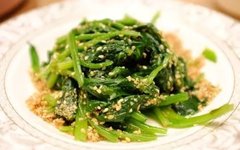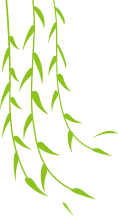
Traditional Chinese Medicine (TCM) believes that the human body should adjust its diet according to the different seasons to balance yin and yang, ensuring that the active energy does not become overly exuberant, nor the counteracting energy is harmed. In spring, the yang energy of the body begins to rise, while the yin blood is relatively insufficient. Health maintenance should align with the characteristics of rising yang energy, and both diet and lifestyle should support the liver’s nature and benefit the spleen’s energy, allowing the five organs to remain harmonious, thus achieving the goal of disease prevention and health maintenance. Recommended foods include peanuts, red dates (Hong Zao), mulberries (Sang Shen), celery (Qin Cai), spinach (Bo Cai), Bupleurum (Chai Hu), Angelica (Dang Gui), White Peony (Bai Shao), Buddha’s Hand (Fo Shou), yam (Shan Yao), coix seed (Yi Yi Ren), white lentils (Bai Bian Dou), dried tangerine peel (Chen Pi), Poria (Fu Ling), Atractylodes (Bai Zhu), daylily (Jin Zhen Cai), and lion’s mane mushroom (Hou Tou Gu). Additionally, it is advisable to increase the intake of fresh vegetables, especially seasonal ones such as Chinese toon (Chun Cai), goji leaves (Gou Qi Ye), shepherd’s purse (Jie Cai), and leeks (Jiu Cai), and to consume quality proteins like fish, lean meat, and legumes to enhance the body’s immunity. Overall, the diet should be light, avoiding fried, greasy, cold, raw, allergenic, and hard-to-digest foods.
Below are several recommended dietary therapy recipes.
1. Sesame Spinach
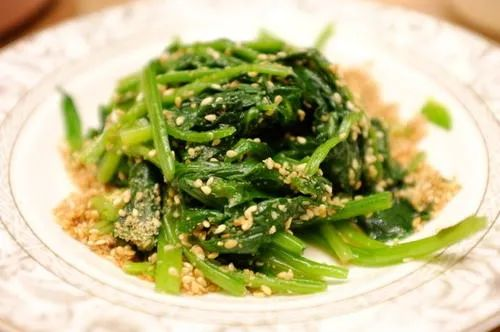
Ingredients: 25g sesame, 350g spinach, soy sauce, salt, vinegar, white sugar, and sesame oil to taste.
Method: Wash the spinach and blanch it in water. Toast the sesame in a pan over low heat until fragrant, then cool and crush. Place the spinach in a dish, add soy sauce, salt, vinegar, white sugar, and sesame oil to taste, then sprinkle with crushed sesame and mix well.
Effects: Moistens the intestines and relieves constipation, nourishes the liver and kidneys. Especially suitable for the elderly, children, the sick, and the weak. Computer workers and beauty enthusiasts should also consume spinach regularly. Diabetics can eat spinach to help stabilize blood sugar, but it is not suitable for those with nephritis or kidney stones due to its high oxalic acid content; excessive consumption at one time is not advisable. Additionally, those with spleen deficiency and loose stools should avoid excessive intake.
2. Goji Berry and Pig Liver Congee
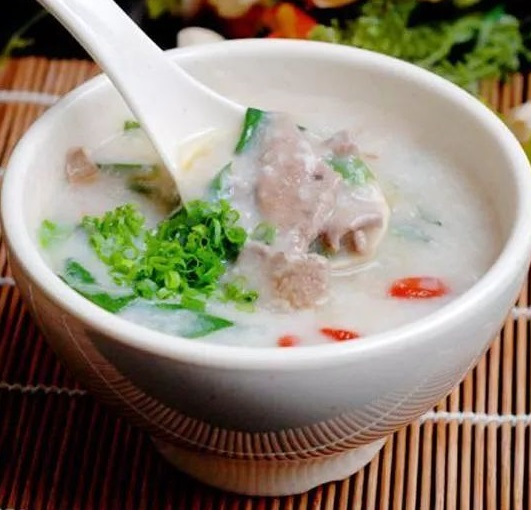
Ingredients: 50g pig liver, 10g goji berries (Gou Qi), 100g rice, salt, sesame oil, ginger, and scallions to taste.
Method: Chop the scallions into rings, slice the ginger, wash the goji berries, and clean the pig liver, cutting it into small pieces. In a clay pot, add rice and an appropriate amount of water, simmer for 30 minutes. Once the congee is cooked, add the pig liver, ginger, and goji berries, and simmer for another 5 minutes. Finally, sprinkle with scallions and add seasonings to taste.
Effects: Nourishes blood and improves vision, replenishes deficiency and benefits essence. Suitable for those with liver blood deficiency, liver and kidney yin deficiency, blurred vision, dry eyes, and night blindness, as well as for healthy individuals for nourishment.
3. Coix Seed and Euryale Pork Rib Soup
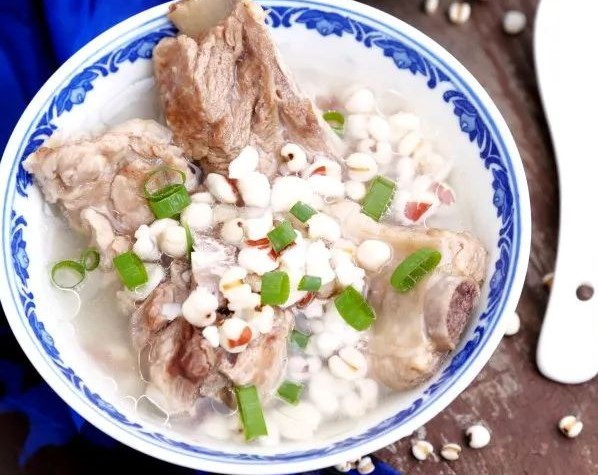
Ingredients: 500g pork ribs, 100g coix seed (Yi Yi), 50g euryale (Qian Shi), slices of ginger, and scallions to taste, with a pinch of salt.
Method: Wash the coix seed and euryale, soak in clean water for 30 minutes. Clean the pork ribs and cut them into appropriate sizes. Place the ribs and ginger slices in a pot, add enough clean water, bring to a boil, skim off the foam, then add the soaked coix seed and euryale, and simmer on low heat for 1.5-2 hours. When the ribs are tender and the coix seed and euryale are soft, add scallions and season with salt to taste.
Effects: Strengthens the spleen and promotes dampness elimination, nourishes yin and assists yang. Particularly suitable for those with spleen deficiency and dampness retention, heaviness and fatigue, and poor appetite.
4. Chrysanthemum and Rose Tea
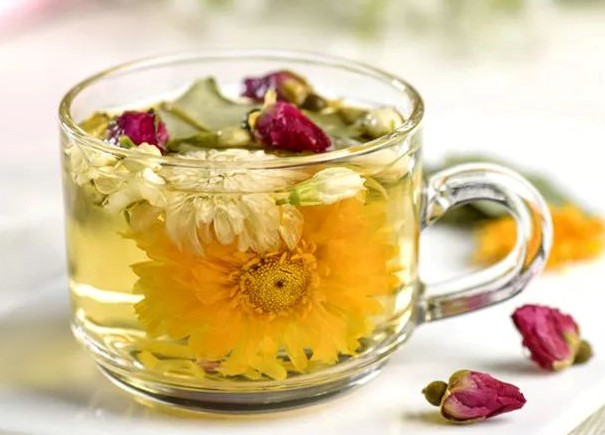
Ingredients: 10g chrysanthemum (Ju Hua) and 10g rose (Mei Gui Hua), with rock sugar to taste.
Method: Take an appropriate amount of chrysanthemum and rose, place them in a cup, and pour boiling water over them. Drink as tea, adding water as needed until the flavor is mild. Rock sugar can be added as desired.
Effects: Soothes the liver and brightens the eyes, clears heat and detoxifies. Chrysanthemum has the effects of dispelling wind-heat, clearing heat and brightening the eyes, and is used for headaches, fever, red and swollen eyes, dizziness, and skin infections caused by wind-heat. Rose regulates qi, relieves depression, invigorates blood circulation, and can also nourish the heart and liver blood, soothe internal stagnation, and has calming and anti-depressant effects. Caution is advised for pregnant women, those with a cold constitution, and those prone to diarrhea.
 Illustration and text: TCM Department Xu Qinzhu Edited by: Office Fang Qing Reviewed by: Chen Haiqing If you find this article helpful, please share, forward, and click “See” below. Thank you!
Illustration and text: TCM Department Xu Qinzhu Edited by: Office Fang Qing Reviewed by: Chen Haiqing If you find this article helpful, please share, forward, and click “See” below. Thank you!

